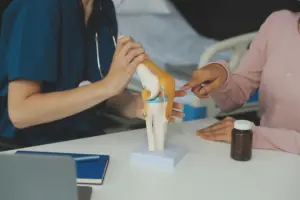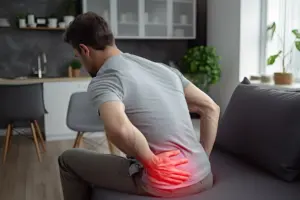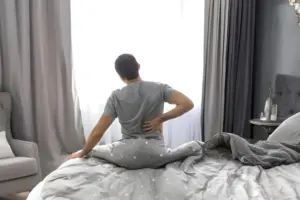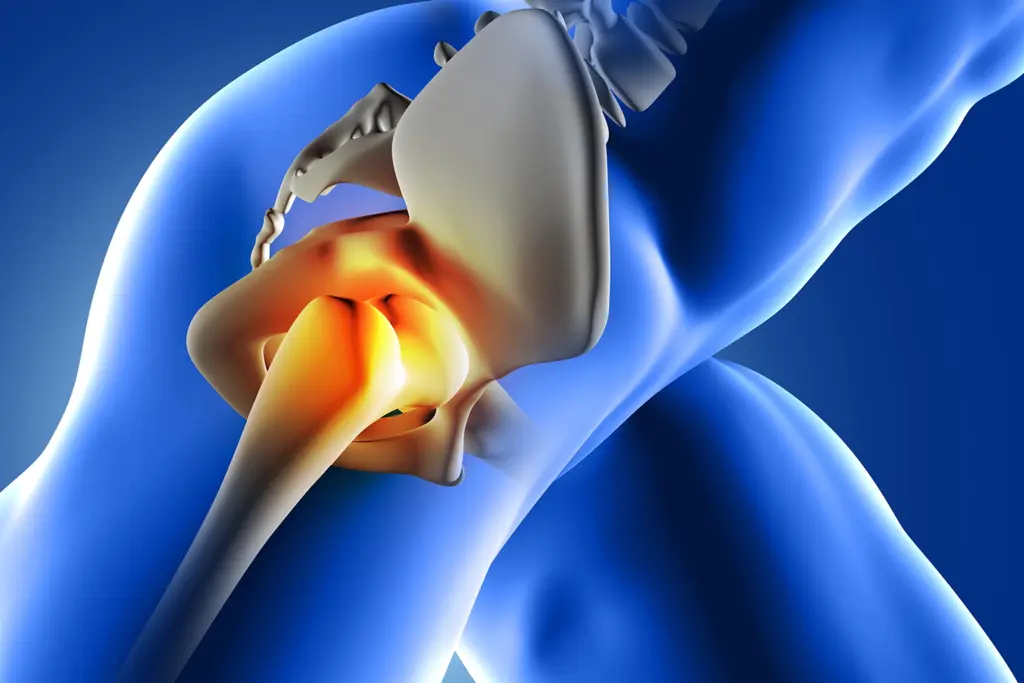
Hip Labral Tear: Do you ever experience a sudden, sharp sensation in your hip when walking, sitting, or moving your leg in a particular manner? Have you ever noticed a click or pop coming from the joint? Those could be signs of a hip labral tear, an injury that’s easy to miss and often mistaken for other problems.
What is a hip labrum?
The hip is a ball-and-socket joint. The ball is the head of your thigh bone (femur); the socket is a cup in your pelvis called the acetabulum. Around the rim of that socket sits the labrum, a ring of rubbery cartilage that acts like a seal and cushion. It helps keep the ball centred, improves stability, and lets the joints glide smoothly. When the labrum tears, that seal is disrupted, which can lead to pain, stiffness or popping in the hip.
Also Read | Sharp or dull hip pain? What it means and how to treat it
What causes a hip labral tear?
Car accidents or a hard sports fall can tear the hip labrum. But it can also wear down over time from repetitive moves such as running, pivoting, twisting, or squatting, especially in athletes and dancers. Some people are born with a hip shape where the bones don’t fit together perfectly, called femoroacetabular impingement (FAI), which causes extra rubbing in the joint and can damage the labrum.
What does a labral tear feel like?
The symptoms of a hip labral tear can be different from person to person. Some people have no pain at all, while others may feel:
- A deep pain in the front or side of the hip
- Pain that gets worse when sitting, walking, or exercising
- A catching, clicking, or locking feeling in the hip
- Stiffness or reduced range of motion
- Pain that radiates to the groin or buttocks
Some people describe it as a dull ache most of the time, with sharp pain during movement.
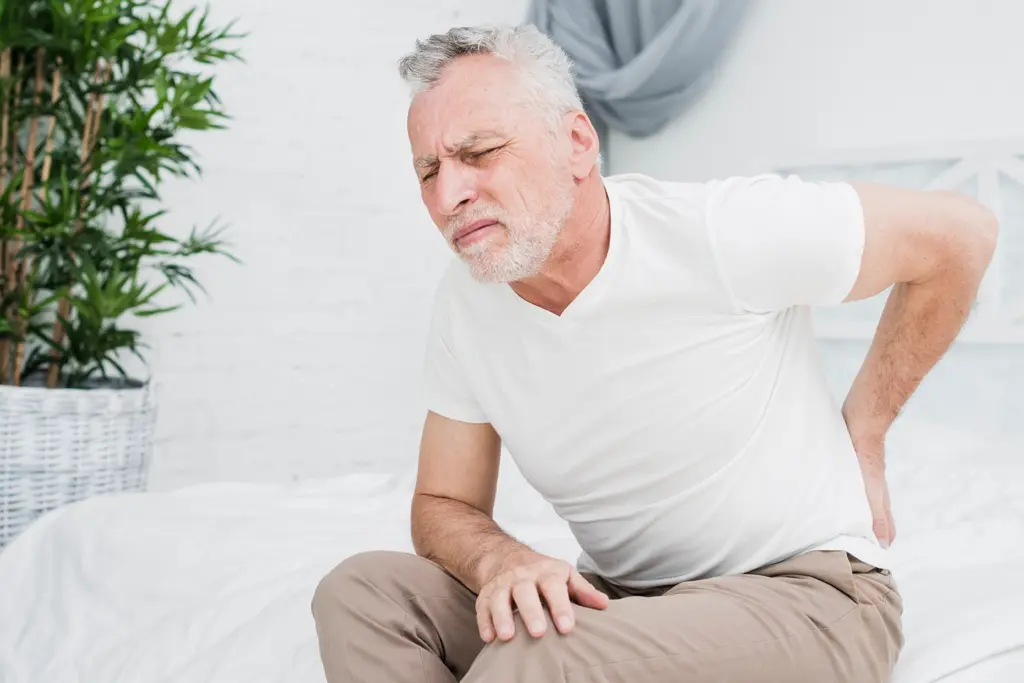
How is a labral tear diagnosed?
Your doctor will review your symptoms and how long they’ve been present, then examine your hip, moving it in specific ways to see what reproduces the pain. To confirm the cause, they may order imaging such as an X-ray (to look at bone shape/alignment), an MRI (best for seeing the labrum and cartilage), and sometimes a CT scan.
Also Read | Hip pain isn’t just for seniors: Why young adults are affected too
How is a hip labral tear treated?
For many people, surgery isn’t the first step. Start by avoiding pain triggers like deep squats, long periods of sitting, or repetitive twisting. A physical therapist can build strength in the hip and core, improve flexibility, and correct movement patterns to reduce strain on the labrum. If symptoms persist, you may be recommended hip arthroscopy, a minimally invasive procedure using small instruments and a camera to repair or trim the torn tissue.




